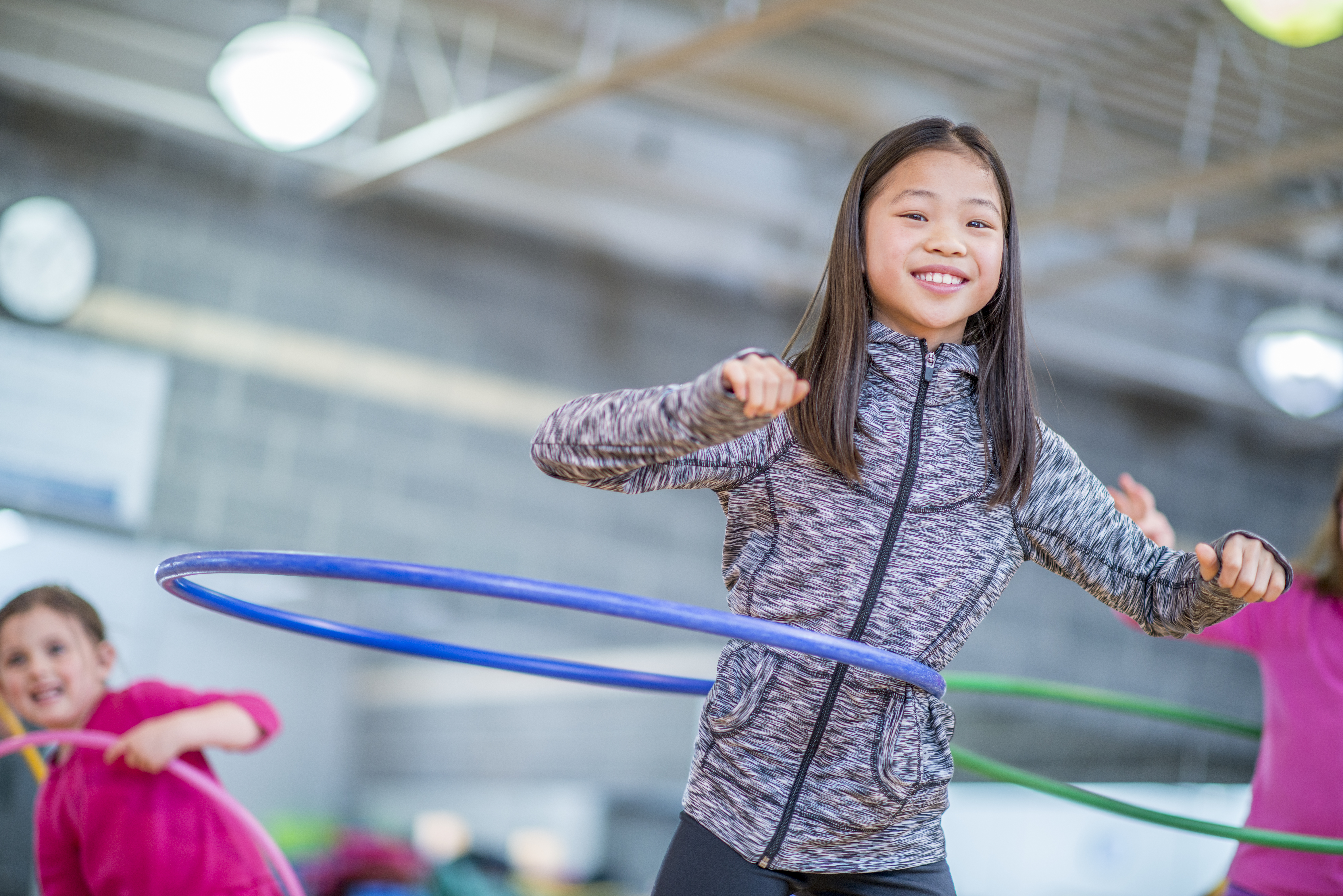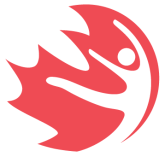Teacher to Teacher: Getting Creative When a Gym is Out of Commission

Previously published in Volume 83, Issue 1
Being a health and physical educator is rewarding. Your work has an impact on the lives of your colleagues, your students and their parents.
But it’s also a career with its challenges. We want our members to be able to connect and share how they handle the issues that come up in their classrooms and schools so we can all continue to learn and build our professional repertoires together.
In this section of the Journal, we feature questions posed by teachers (by way of social media or email), and answers directly from their colleagues.
Question:
Help! My school’s gym will be undergoing a major renovation and won’t be available for half the school year. What can I do?
Answer:
Julie Andrews, who teachers in La Ronge, Sask.
I had to go without a permanent gymnasium for two and a half years, so I had to be incredibly creative and flexible in actualizing the curriculum! Luckily, I had access to the local community centre on most days, but occasionally I would arrive there and be told the gym was not available that day.
Here is a quick list of some of the hallway and alternate environment activities that I used during my time.
Ideas for Outdoor PE
Orienteering
- Set up a GPS hide and seek course. Pre-enter waypoints into GPS students, then need to locate the waypoints.
- Student Tracker. We played the same way as the Mantracker TV show. The first person is given a GPS with a waypoint entered. They are given a head start, then a partner is pointed in the general direction and needs to find the student before they make it to their destination.
Snowshoes
- If you are in Saskatchewan, you can get a class set on loan from the Sk Wildlife Federation.
- Baseball with snowshoes.
Northern lifestyles
- Bushwhack (either with or without snowshoes) with students identifying the different animal tracks/ scat that you find.
- Build snow shelters, in winter.
- Identify/ harvest First Nations traditional medicinal plants (ensure proper harvesting techniques and protocol are being followed).
Traditional games
- Try out these games: http://denegames.ca/introduction/index.html
Ideas for Hallway PE
A lot of the time when the weather the bad and I didn’t have use of the community gym I would have “Hallway PE.” I filled a bin that had the essential equipment that was relatively quiet and wouldn’t destroy anything.
My bin usually contained the following: spikeball, badminton raquets, pickleball raquets, tennis racquets, foam low-bounce tennis balls, portable tennis nets, shuttles, jumping ropes (not the beaded ones because they're noisier), koosh balls, agility ladders, reaction balls, mini- hurdles, indoor frisbees, balloons, hackey sacks, bean bags, other small equipment. I would set up different stations and the students would cycle through them.
Sometimes I tape down games like hopscotch and four-square around the hallways for students to use during free time and PE. I also used a lot of the InMotion DPA and Snacktivity activities from the following link: http://www.saskatchewaninmotion.ca/tools-resources/schools-in-motion
My hallway PE for Grades 10 to 12 was a little more focused on the skill-related components of fitness and how to develop those skills based on students' needs. Depending on space, I would also do some fitness circuits in the hallway.
Yoga
Check out the Youtube channel Cosmic Kids Yoga. My high school students like it even though it was designed for elementary kids. Yoga can easily be done in small spaces.
SPEA
Check out the Vitamin “N” Kit from SPEA (Saskatchewan Physical Education Association). It has a ton of books on how to integrate nature into your PE class. SPEA also offers a new "short on space" kit. Visit http://www.speaonline.ca/ for more information.








